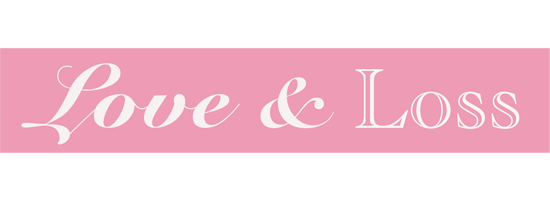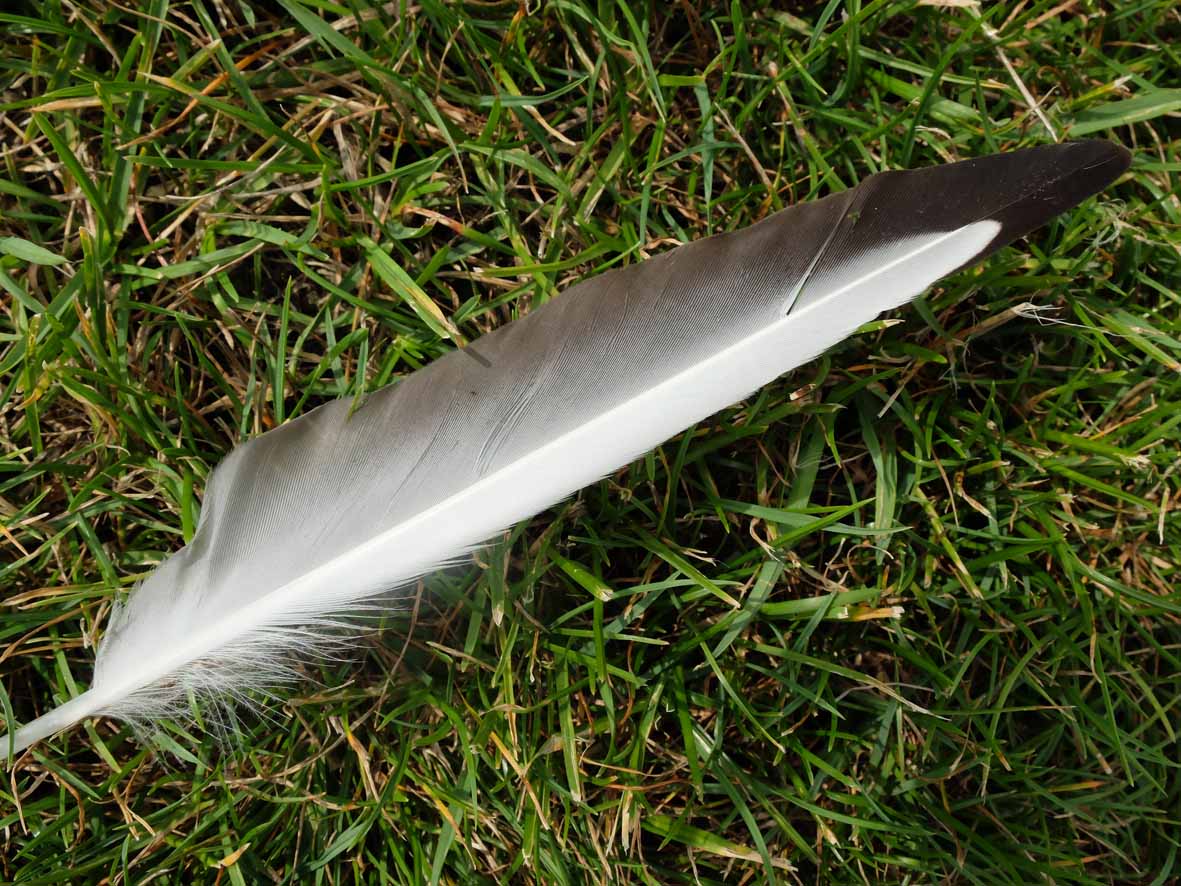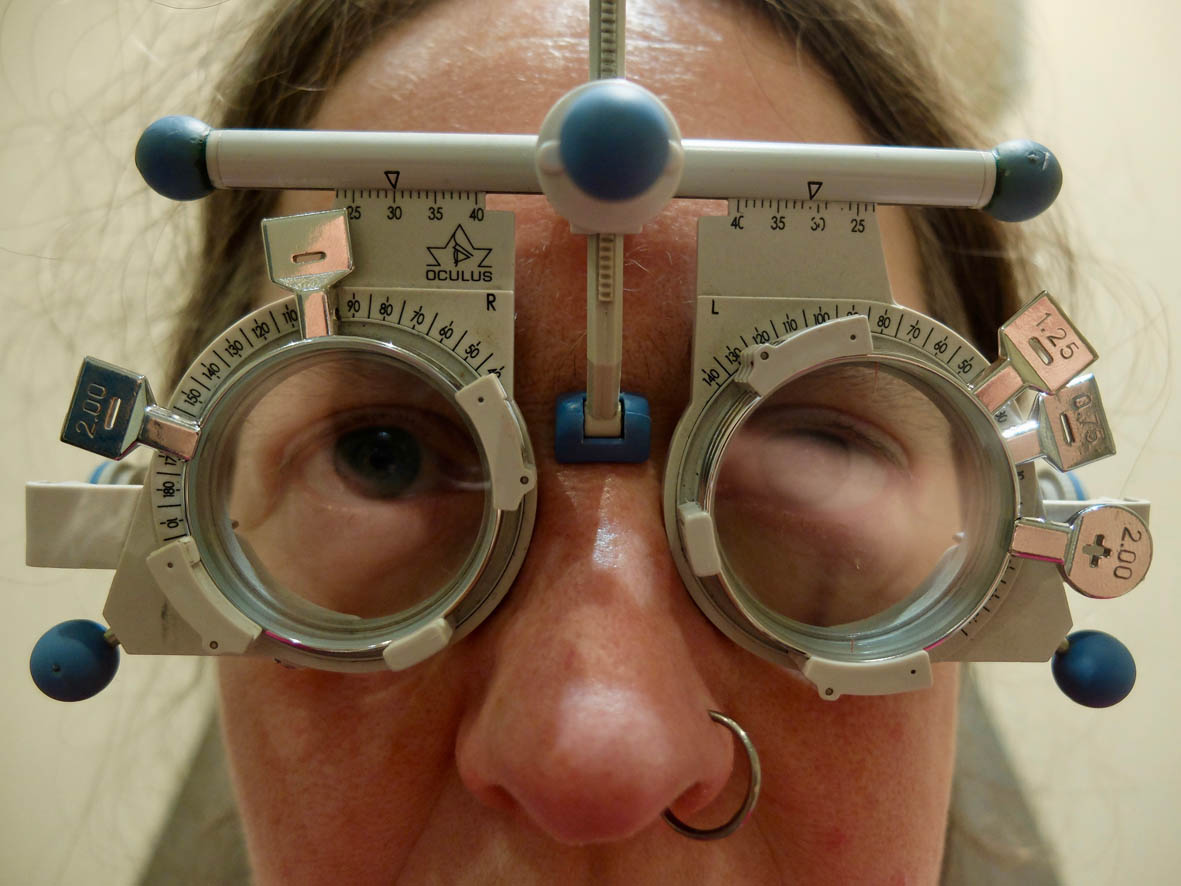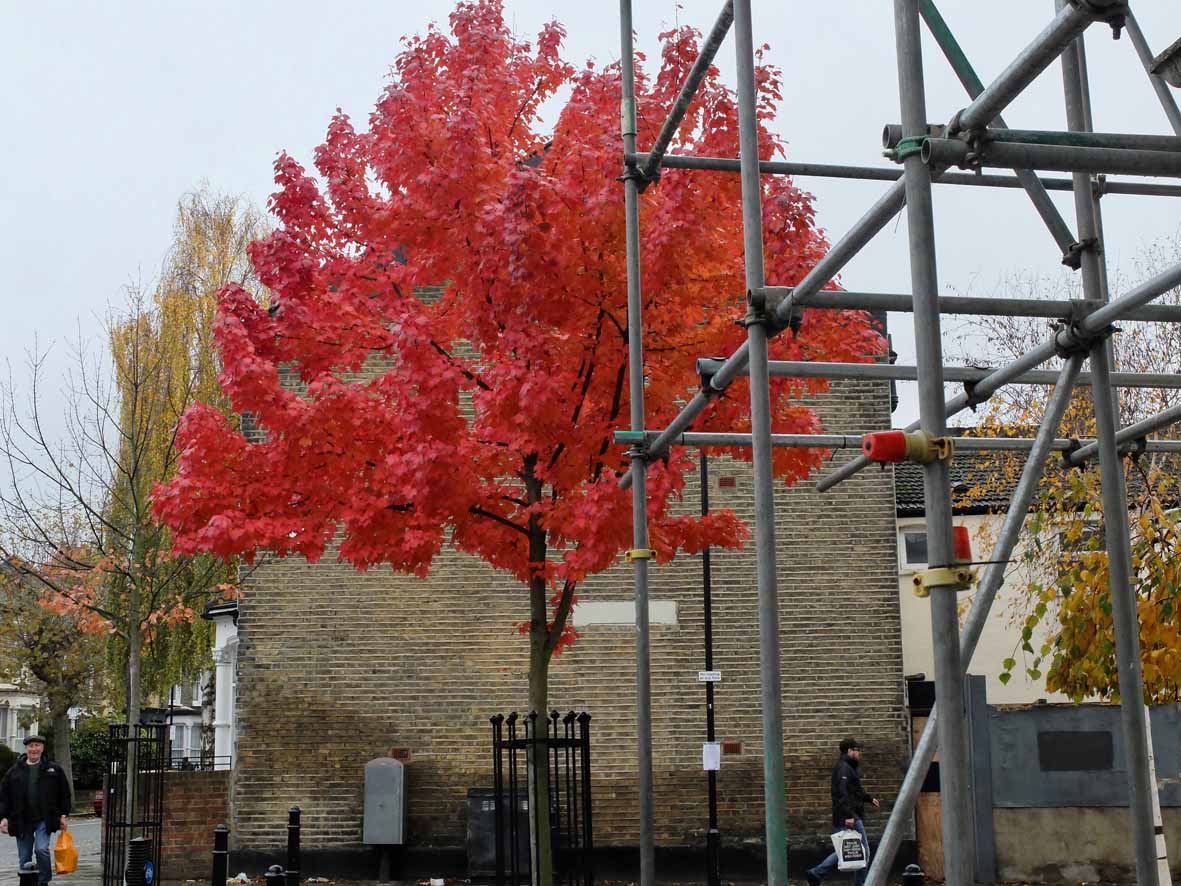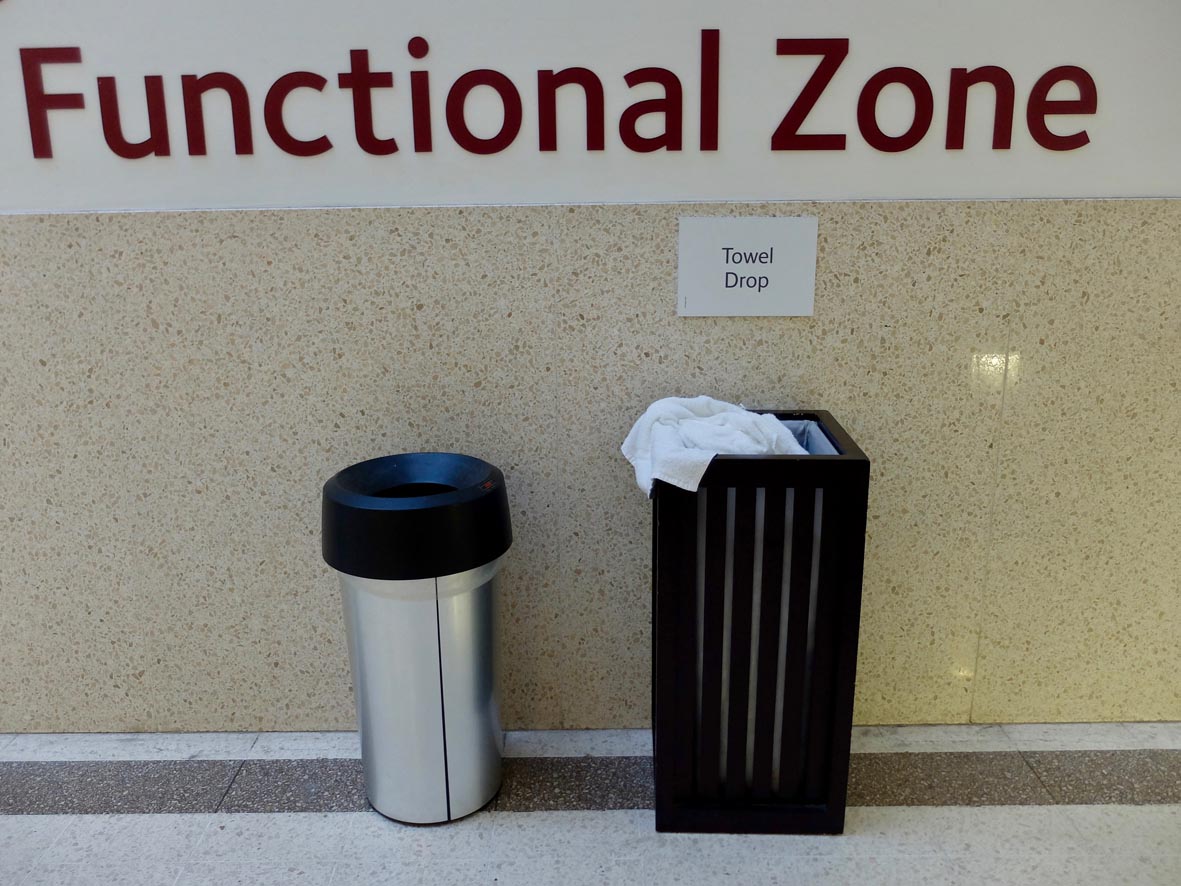04 Dec Fragment of China
 The Old River Lea is tidal. Beyond Stratford further downstream it joins the River Thames. Before they dammed the river as part of the London Olympic park developments, bream used to swim up here to spawn every spring. History intersects with Hackney via old pathways and water ways. Roman fragments have been found in the neighbourhood over the centuries. Hackney Marshes – land reclaimed in the 1940’s is bisected by an ancient thoroughfare – the ‘black path’. The ‘Middlesex Filter Beds’ were made to clear the water of cholera as part of the ambitious plan to pump and pipe water around the city. Despite knowing this and passing a London ‘mile stone’ at the boundary of South Millfields, it still feels incongruent to find what looks like a piece of archaeology. It is made of stoneware, a handle decorated in blue and white glaze. Is this the remaining piece of an eighteenth century picnic mug? Did it travel to what was a delightful country spot in a Hackney carriage? What will they find here in the future – micro shards of a plastic lighter worn smooth by tumbling water over grit and stones? Maybe the pair of spectacles Terry dropped here eleven years ago will be preserved in the mud for future treasure seekers.
The Old River Lea is tidal. Beyond Stratford further downstream it joins the River Thames. Before they dammed the river as part of the London Olympic park developments, bream used to swim up here to spawn every spring. History intersects with Hackney via old pathways and water ways. Roman fragments have been found in the neighbourhood over the centuries. Hackney Marshes – land reclaimed in the 1940’s is bisected by an ancient thoroughfare – the ‘black path’. The ‘Middlesex Filter Beds’ were made to clear the water of cholera as part of the ambitious plan to pump and pipe water around the city. Despite knowing this and passing a London ‘mile stone’ at the boundary of South Millfields, it still feels incongruent to find what looks like a piece of archaeology. It is made of stoneware, a handle decorated in blue and white glaze. Is this the remaining piece of an eighteenth century picnic mug? Did it travel to what was a delightful country spot in a Hackney carriage? What will they find here in the future – micro shards of a plastic lighter worn smooth by tumbling water over grit and stones? Maybe the pair of spectacles Terry dropped here eleven years ago will be preserved in the mud for future treasure seekers.
